When it comes to skateboarding, there is no doubt there will be injuries one way or another. Unfortunately, to skateboard properly, you need to be on smooth flat ground like tar or pavements.
The downfall is that you will most likely get an injury when you land on such a hard surface. If you don’t know how to brace yourself correctly, then you leave yourself open to injuries, just like if you don’t wear the correct protective gear.
Here we’ll look at the common skateboarding injuries and how to prevent them.
Table of Contents
7 Most Common Skateboarding Injuries
There are many different skateboarding injuries, from minor ones to more severe ones. The injuries are basic, like strains, bruises, sprains, and maybe a few scratches here and there.
In other cases, you can have broken bones such as arms, legs, and jaw bones are among the common.
Fractured skulls and concussions are severe injuries but are far less likely to occur, especially if you are wearing a protective helmet.
1. Neuroma
This injury is a nerve that has been pinched within the foot. The symptoms are numbness and inflamed toes with a lot of pain. This usually occurs in between the toes.
The most likely causes are over-using and using poor methods when skateboarding.
2. Plantar fasciitis
This injury is common in those who skateboard, and it is due to repetitive stress on the feet. When skateboarding, the feet are often stretched out from one end to the other.
Poor flexibility and having the feet grip the board is often the causes of plantar fasciitis.
3. Common facial injuries
Facial injuries often occur when skateboarding accidents happen. Quite often, when people fall off their board especially forward over the board, they tend to hit their head and face.
If you’re wearing a helmet, the head is protected, so often, the face takes the rest of the impact, which is not protected.
Common facial injuries are fractures to the cheek or nose, damage to the teeth, and grazes. Small grazes just need a wash and a band-aid. Anything bigger may need stitches.
4. Wrist fractures
Now wrist fractures are seen in both experienced and beginner skaters. This is because when people are skating and fall, they tend to put their hands out, which is a natural instinct. Doing this can cause wrist fractures.
If you suspect a wrist fracture, you need to go to the emergency hospital for treatment.
5. Ankle injuries
Common ankle injuries are sprains and fractures. Sprains, in most cases, will not require a hospital visit; however, a fracture will. Injuries to the ankle happen when the board is still rolling, riders step off, and the bard keeps rolling, pulling the ankle first.
Another common reason for ankle injuries is when riders do a big jump and cause injury from the impact when they land.
6. Long bone fractures
The good thing about these fractures is they don’t happen as often. There are five long bone sets in your body located in the thigh, lower leg, forearm, upper arm and shin bone.
You need pretty high impact accidents to fracture these bones. Such tricks like ledges and jumping down stairs can cause this injury.
7. Head injuries
Head injuries are still common enough but only amount for about 20 percent of injuries. Blunt trauma, fractures to the skull, and concussions.
Any type of head injury needs to be checked out by a doctor or hospital staff. Fatalities can occur due to head trauma such as brain bleeding.
How to Prevent Injuries When Skateboarding
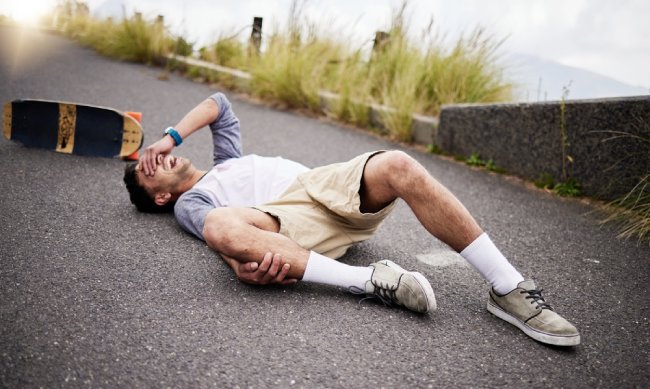
Fall correctly
Skateboard falls are not just down to beginners. Even the most professional will have a fall from time to time. Unfortunately, failing to brace yourself when falling is one of the things that lead to injuries.
A good point to remember is when you start to lose your balance, lower yourself on the board. This will make It a shorter traveling distance from the board to the ground.
If you have the time, avoid landing on your wrists or knees. Instead, it is wise to land on your flesh area of the body. Again, remembering the most important thing is to work on rolling just before you land.
The correct way to stop
One of the best ways to stop when skateboarding is using a foot brake. This will help you to maintain your speed.
Follow this simple procedure for learning how to stop safely.
Step 1. You need to move your upper body, and with your foot on the board, you need to push forward. Make sure that you are pushing in the direction of the board.
Step 2. Now you need to move your body weight over the anchored foot. As you are doing this, you need to push your leg to the side.
Step 3. You need to put a slight amount of pressure, nothing drastic, with your sole onto the ground as you lower down the leg you are pushing with. The more pressure you apply, the quicker you are going to slow down.
Skate in a safe area
While professional riders are at risk, children are most likely to suffer injury around traffic. It is quite easy to have an accident when skating around vehicles and pedestrians.
It is a good idea, especially if you are a beginner, to skate in places specifically designed for skateboards like skate parks.
The good thing about these is they have the proper ramps and obstacles to help you skate safely. These parks are nowhere near crowded areas like shopping centers or car parks.
These areas usually have grassed parts around the outside, which is great for those who want to feel the balance and footing before trying it out on the ramps.
Here are a few tips for skating safely:
- Don’t skate on uneven surface areas. Always inspect the area to look for loose rocks or pavement cracks.
- Ensure you are skating on good quality professionally made skate ramps
- Don’t skate at night time
- Always skate with protective gear such as helmet, knee and elbow pads along with good quality skate shoes
- Take your time if you are a beginner. Don’t rush onto harder tricks and obstacles until you are sure you are ready
Always do a warm-up before skateboarding
You need to warm up your body by running or playing football. You are more prone to injury like pulled muscles if your body is not warmed up before skating. Warming up prepares the body by increasing your temperature, which offers more muscle blood flow.
Inspect your skateboard before riding every time
Looking over your deck before you go for a ride is important. Look for things like cracks and problems with the wheels. Also, always ensure you use the right skateboard for your skill level.
Shorter skateboards are best for those who are new to boarding. They are better for learning.
You can also get wheels with a better grip that are more suitable for those learning. If your wheels are too loose or wobbly, ensure these are fixed before you take your board out for a ride.
Use insoles for skateboarding
This is one that everyone seems to forget about or not think about at all. But, there are insoles perfect for those riding skateboards. They help absorb the impact when you land hard on your feet from doing tricks.
In addition, insoles help to position your feet correctly to avoid sore, achy feet. Insoles can be brought from most shoe stores or online.
Don’t go overboard
Do bits and pieces each day. Don’t push yourself too hard. Especially if you are just learning, you are using muscles you are not used to using.
Make sure you are resting in between skating and only do a few hours each time. You can gradually increase with more tricks and more skating time as your body gets used to it.
Make sure you have the right gear
Don’t carry things in your pockets like keys that could potentially stab you when you land wrong. Not having important things like phones and iPods in your pocket is also important. Make sure you have the proper safety equipment to keep yourself as safe as possible.
- A safety helmet
- Knee and elbow pads
- Wrist supports
- Tight, closed shoes that offer good slip resistance
Treatment for Skateboarding Injuries
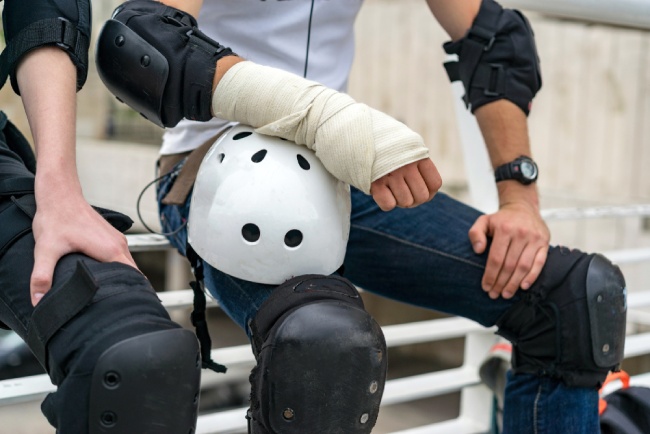
Medication
Medications such as anti-inflammatories work to reduce swelling and lower pain. When using anti-inflammatory tablets, combining ice with the area is best. It is best to keep the sore area elevated when you can.
Wearing proper shoes
Wearing the correct shoes is very important to ensure your foot is protected and you get the right grip. Aim for a shoe that offers some ankle support to help protect your ankles.
If you are serious about skateboarding, you might consider custom-made orthotics. These are made with the design of your foot in mind to offer the most support and comfort.
Physical therapy
Depending on what is wrong, you might need to see a physiotherapist when you have an injury. These professionals teach you the right exercises and stretches to help your injury heal.
Conclusion
Take skateboarding safety seriously to avoid getting any injuries. Before you take your skateboard out, ensure t is in working order and put the right equipment on to protect your body. Many injuries can be prevented with common sense.
Enjoy riding without worrying too much about skateboarding injuries!


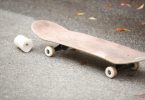
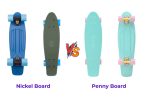
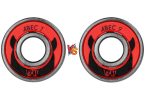
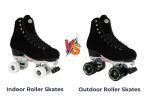
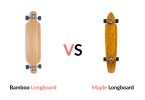
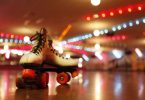

Leave a Comment